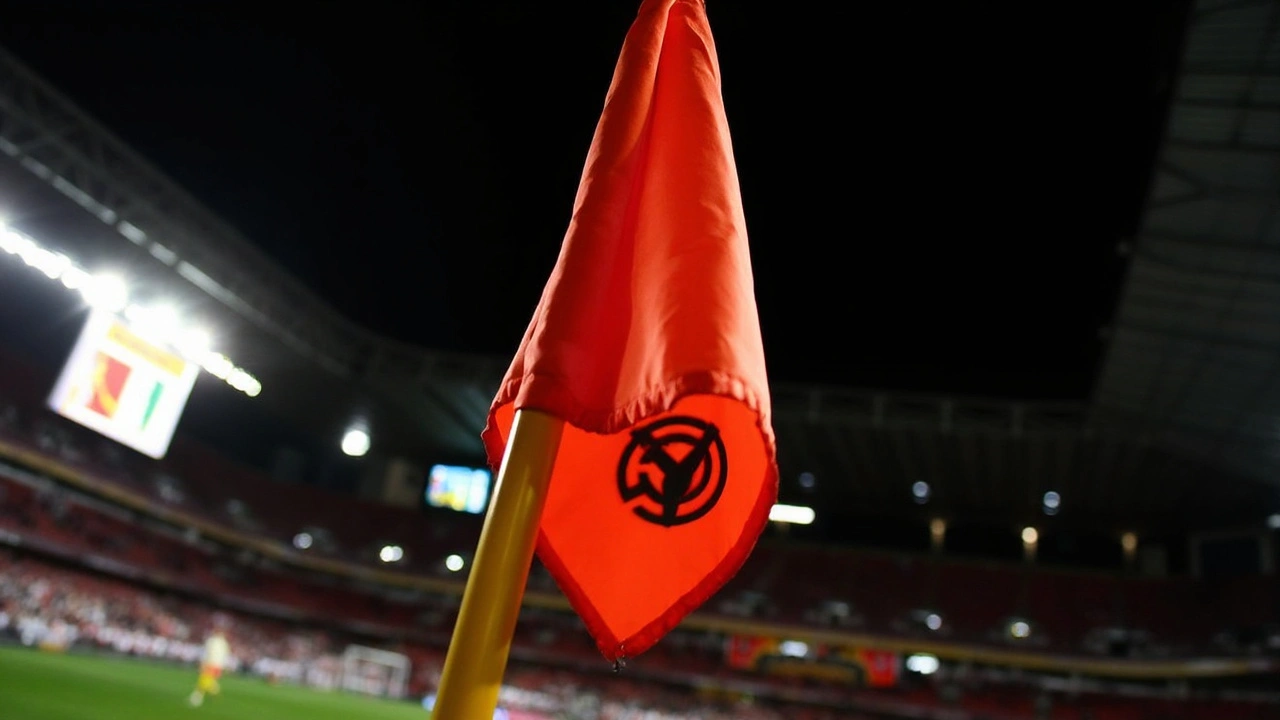The New UEFA Champions League Format: What You Need to Know
The 2024/25 UEFA Champions League season is set to usher in significant changes with its new format aimed at heightening competition and eliminating predictable outcomes. This time, the landscape of European football is redrawn to include 36 teams in a single league, promising fans more excitement and uncertainty in the world's premier club competition. The reformatting is seen as a move to reinvigorate the tournament, adding fresh dynamics to football's grandest stage.
Under the new system, each team will play eight different opponents. The breakdown sees clubs hosting four matches and traveling for four away games. Crucially, the point system remains unchanged, with three points for a win and one point for a draw. This format maintains the competitive essence of the league while adding a layer of unpredictability, as clubs can no longer rely on facing known quantities in a structured group.
Path to the Knockout Stages
At the conclusion of this league phase, the top eight teams will proceed directly to the knockout stages, reflecting their top-tier performances. However, the thrill doesn't end there. Those teams finishing between ninth and 24th place will compete in a two-legged play-off to fill the remaining knockout spots. Teams ranked from ninth to 16th will be seeded, ensuring they face teams from 17th to 24th, thus maintaining a competitive balance. This added tier of competition underscores the importance of every match within the league phase, as the consequences of missteps are immediate and unforgiving.
Conversely, the teams that fail to place within the top 24 will be eliminated outright, with no recourse to join the UEFA Europa League. This element of the format imposes higher stakes, potentially leading to more daring, aggressive playstyles as clubs strive to avoid the dreaded bottom 12 placements.
Key Fixtures and Dates
The revised Champions League format brings an array of tantalizing fixtures. Noteworthy matches include Arsenal's highly anticipated clashes against Atalanta on September 19, Paris SG on October 1, and Shakhtar Donetsk on October 22. Further into the season, they'll face formidable opponents like Inter Milan (November 6), Sporting Lisbon (November 26), and Monaco (December 11). Their campaign concludes with games against Dinamo Zagreb (January 22) and Girona (January 29).
Aston Villa, marking a significant presence in the competition, gears up for its opening match against Young Boys on September 17 followed by Bayern Munich on October 2. Subsequent key fixtures include clashes with clubs like Bologna (October 22), Club Brugge (November 6), Juventus (November 27), and Celtic (January 29). Aston Villa's journey in this new format is eagerly anticipated by their supporters.
Celtic's campaign features critical matches, starting with Slovan Bratislava on September 18 and Borussia Dortmund on October 1. They will also face Atalanta (October 23), RB Leipzig (November 5), Club Brugge (November 27), Dinamo Zagreb (December 10), Young Boys (January 22), and finally Aston Villa (January 29). Each of these fixtures represents a significant test given the level of competition and Celtic's storied presence in European football.
A Glimpse of Finals
The culmination of the 2024/25 season is set to light up the Allianz Arena in Munich on May 31, 2025. The prestigious venue, steeped in history, will host the showdown of Europe's elite clubs. This final is poised to be more riveting than ever, influenced by the changes that punctuate the journey to reach this stage. Fans and pundits alike will be watching closely to see how these reforms impact the quality, excitement, and outcome of the tournament.
Potential Impact on European Football
The changes introduced this season are not just administrative but are expected to usher in a new era of competition. One immediate effect could be increased engagement from fans, who may find the varied matchups enticing. Every game in the league phase holds potential significance, and the broad participation can mean better viewing figures and more diverse fan involvement.
From a tactical standpoint, the new format demands more adaptability from teams. Managers will need to devise strategies that suit a wider array of opponents, which could lead to innovations in play. Teams can no longer be complacent, as each match could determine their fate in extraordinary ways, making every strategic decision paramount.
The Broader Football Ecosystem
On a broader ecological level, the format may have significant effects on the financial landscape of European football. A greater number of high-stakes matches can attract more lucrative broadcasting deals, sponsorships, and commercial partnerships. This influx of revenue can benefit the participating clubs and potentially bring more investment into the sport, affecting everything from player transfers to infrastructural development.
Furthermore, for emerging clubs, the new system offers an advantageous platform to establish themselves. Playing against top-tier teams can provide invaluable experience and exposure, enabling them to attract better talent and enhance their competitive edge. The higher level of competition could also contribute to the overall improvement in the quality of football played across the continent.
Conclusion
The UEFA's decision to revamp the Champions League format for the 2024/25 season holds promise and potential. Bringing 36 teams together in a single league is a bold move that emphasizes competition and inclusivity. From the league phase to the knockout stages and the thrilling finale in Munich, this reformulation aims to rekindle the vibrancy and passion that define European football. All eyes will be on how clubs and players adjust, bringing their absolute best to this newly minted stage.


